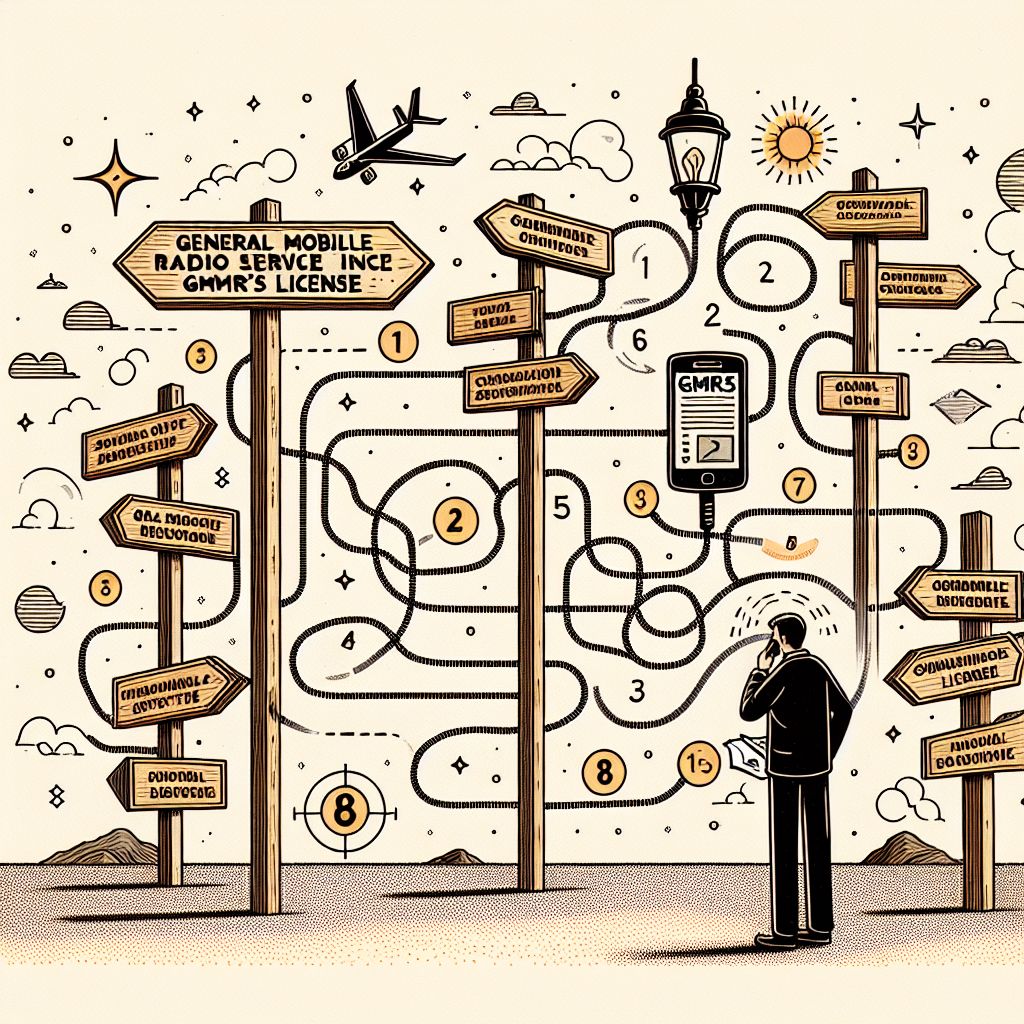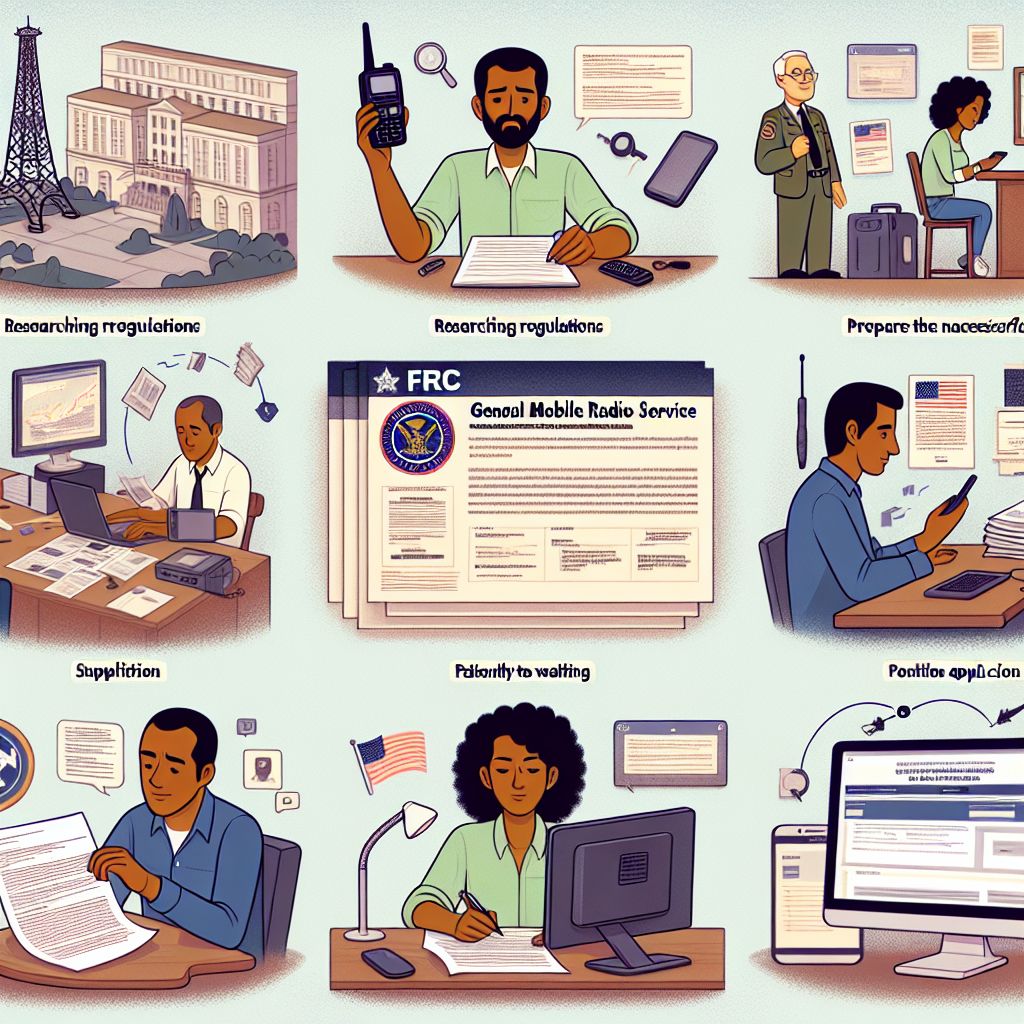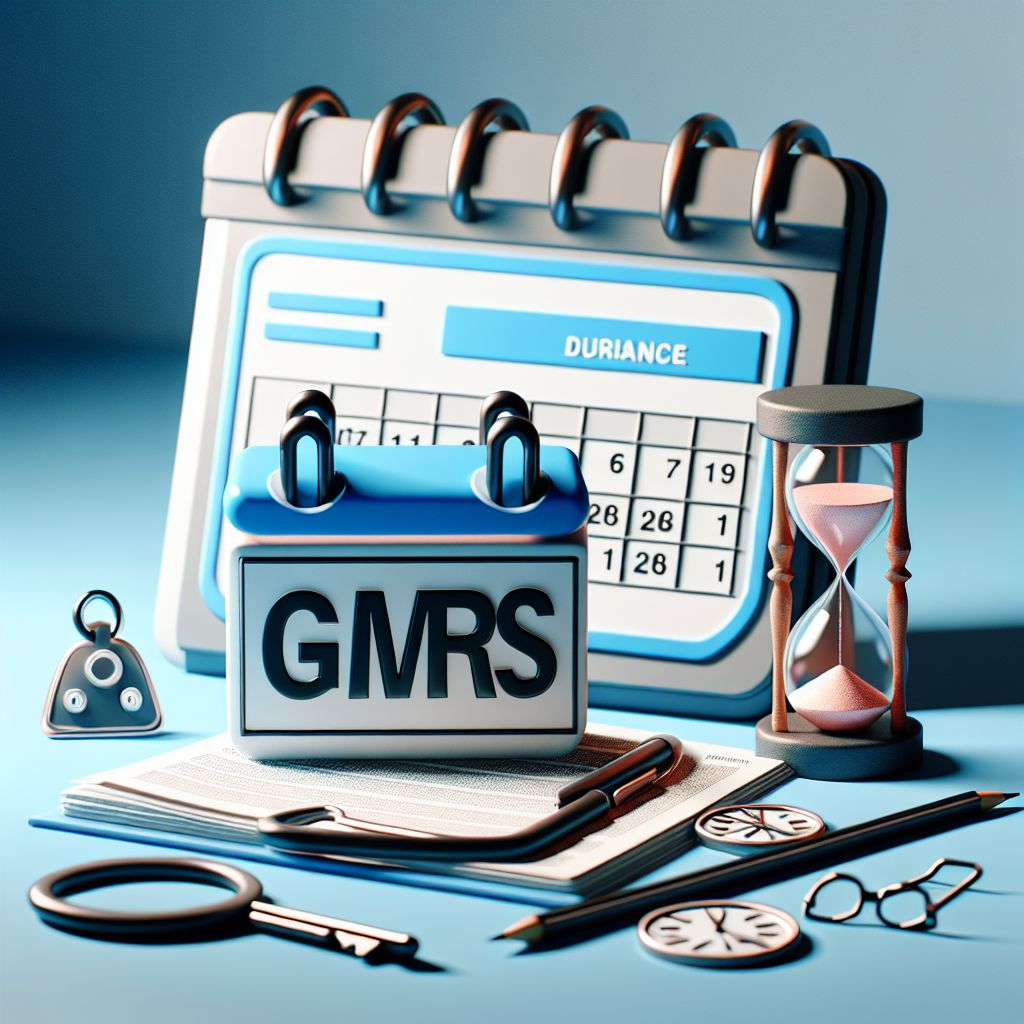Key Takeaways
-
GMRS licenses are mandatory for operating GMRS radios with over 2 watts of power.
-
A GMRS license covers the licensee and their immediate family, enabling broader use.
-
Obtaining a license involves registering with the FCC, completing an application, and paying a fee.
-
GMRS licenses significantly enhance the range and capabilities of your two-way radio communication.
-
Knowing how to properly use and maintain your license ensures compliance with FCC regulations.

Demystifying the GMRS License
So, you’re into two-way radio communication? That’s great! But before you can start chatting away on those higher-powered channels, there’s something you need—a GMRS license. Now, I know that might sound daunting, but don’t worry. I’m here to walk you through why it’s essential and how to get it, all in plain English.
What Is GMRS and Who Uses It?
GMRS stands for General Mobile Radio Service. It’s a set of frequencies that are used for two-way communication, similar to the walkie-talkies you might have played with as a kid, but way more powerful. These aren’t your average toy radios; they’re serious business. GMRS radios are used by outdoor enthusiasts, families, and even businesses for clear, reliable communication over long distances.
The Legal Requirements for GMRS Use
Now, because GMRS radios are more potent than your standard walkie-talkies, the Federal Communications Commission (FCC) regulates them. In a nutshell, if your radio can blast out more than 2 watts of power, you need a license. It’s the law. And trust me, you don’t want to mess with the FCC.
Reasons to Secure a GMRS License
But why bother with a license? Well, for starters, it’s about respecting the airwaves. But it’s also about unlocking the full potential of your radio. Without a license, you’re stuck with limited power and fewer channels. That’s like having a sports car and only driving in a parking lot!
Boosted Range and Power Privileges
With a GMRS license, you get to tap into that extra power legally. This means you can communicate over much longer distances than you could with unlicensed radios. We’re talking miles here, not just the length of your backyard.
Access to GMRS Repeater Channels
Besides that, there’s another cool perk—repeaters. These are like relay stations that pick up your signal and rebroadcast it further, giving you even more range. But you can only use these with a GMRS license.

Step-by-Step Guide to Getting Your GMRS License
Alright, let’s roll up our sleeves and dive into the nitty-gritty of getting your GMRS license. It’s a straightforward process, and I’ll guide you through it step by step. Just follow along, and you’ll be licensed in no time!
Registering for an FCC Registration Number (FRN)
First things first, you need an FCC Registration Number, or FRN. It’s like your personal ID with the FCC. You’ll need this number to apply for your license. Here’s how to get one:
-
Go to the FCC’s Commission Registration System (CORES) and create an account.
-
Follow the prompts to receive your FRN. Write it down and keep it safe; you’ll need it for the next steps.
Completing the FCC Form 605
Next up is the FCC Form 605. Think of it as your official license application. It’s not too tricky, but you need to be accurate. Here’s what you do:
-
Log into the FCC’s Universal Licensing System (ULS) with your FRN.
-
Find and complete Form 605. Be sure to select ‘GMRS’ as the radio service code.
-
Double-check your information. Any mistakes could delay your application.
Paying the License Fee
Now, nobody likes this part, but it’s necessary. There’s a fee for your GMRS license. But think of it as an investment in top-notch communication. Once you’ve filled out the form, you’ll be prompted to pay the fee. Do it online, and you’re all set.
Navigating the FCC’s Online License Management System
The FCC’s online system is your gateway to all things license-related. It might look complex, but once you get the hang of it, it’s a breeze.
Downloading Your Official GMRS License
After you’ve paid your fee and your application has been processed, you’ll be able to download your official license. Here’s how:
-
Log back into the ULS with your FRN.
-
Find your call sign and click on it. This takes you to your license details.
-
Look for the ‘Download’ option to get a copy of your license. Print it out and keep it with your radio gear.
Understanding the Online Filing Process
The ULS filing process is pretty straightforward once you’ve done it a couple of times. Most importantly, make sure to keep your FRN and password handy. And remember, the ULS is where you’ll manage your license, renew it, or make any updates in the future.

Tips for Smooth GMRS Licensing
Before we move on, let me share a few insider tips to make your licensing journey smoother:
-
Ensure your personal information is up to date in the ULS system.
-
Set a reminder for your license renewal—don’t let it expire!
-
If you move or change your name, update your license info ASAP.
Ensuring Accurate Information on Applications
Accuracy is key when filling out your FCC Form 605. Double-check every field, and make sure your contact information is correct. This will save you a lot of headaches down the road.
Renewing and Updating Your GMRS License
Your GMRS license is good for ten years. When it’s time to renew, you’ll do it through the ULS. Keep your contact info current to avoid missing important notifications from the FCC.
Putting Your GMRS License to Use
You’ve got your license, and you’re ready to go. But how do you make the most of it? Let’s talk about setting up your communication gear and using it responsibly.
Building an Effective Communication Setup
Now, the fun part—setting up your gear. With your GMRS license, you can use higher-powered radios and repeaters. Make sure you have a quality radio that meets your needs, whether you’re communicating with family on a camping trip or coordinating a community event.
And remember, if you’re planning an adventure and need reliable communication gear, check out the wilderness survival tips, tools, and guide at Save Yourself. They’ve got everything you need to stay safe and connected in the great outdoors.
Most importantly, always use your radio equipment in accordance with FCC rules. That means sticking to the correct channels and following proper radio etiquette. Your license is a privilege, so treat it with respect. Happy communicating!
Practicing responsible radio etiquette isn’t just about following rules—it’s about ensuring clear and effective communication. When you’re on the airwaves, remember that others are sharing those frequencies, too. Keep transmissions brief and to the point, always identify yourself with your call sign, and most importantly, be courteous. Just like in any conversation, listening is as important as speaking. Give others a chance to communicate, and avoid interrupting.
When you’re using GMRS frequencies, it’s not just about having a chat; it’s about creating a network of reliable communication. Whether it’s coordinating a community event, keeping in touch with your hiking group, or ensuring your family can communicate during an emergency, your behavior on the radio impacts everyone’s ability to stay connected.
Example: If you’re hiking and need to communicate with your group, you might say, “This is [Your Call Sign], reaching out for a location check. Over.” This lets your group know you’re finished speaking and awaiting a response.
Now, let’s address some common questions you might have about GMRS licenses and their regulations.

How Long Does a GMRS License Last?
A GMRS license is valid for ten years from the date of issue. Mark your calendar or set a reminder because it’s on you to renew it before it expires. The FCC won’t send you a notice, so it’s crucial to keep track of the expiration date yourself.
Can My GMRS License Cover Family Members?
Yes, one of the great benefits of a GMRS license is that it covers your entire immediate family. That means your spouse, children, parents, and siblings can all use GMRS radios under your license. It’s a cost-effective way to keep everyone connected without each person needing a separate license.
What Happens If I Operate Without a License?
Operating a GMRS radio without a valid license—or with an expired one—is against FCC regulations and can lead to hefty fines. It’s not worth the risk. Besides, getting licensed is straightforward and gives you peace of mind that you’re operating legally.
Do I Need to Pass a Test for GMRS Licensing?
Nope, no tests required. Unlike amateur radio licenses, the GMRS license doesn’t require you to pass an exam. Just complete the application, pay the fee, and you’re good to go. It’s that simple.
What Are the Penalties for Non-Compliance with GMRS Regulations?
Non-compliance with GMRS regulations can result in fines or even confiscation of your equipment. The FCC takes these regulations seriously to ensure that the airwaves are used properly and safely. Always operate within the rules to avoid any legal trouble.
In conclusion, a GMRS license is a small investment that opens up a world of reliable, long-distance communication. It’s essential for anyone serious about two-way radio communication, whether for personal, recreational, or emergency use. So get licensed, get equipped, and get communicating!


